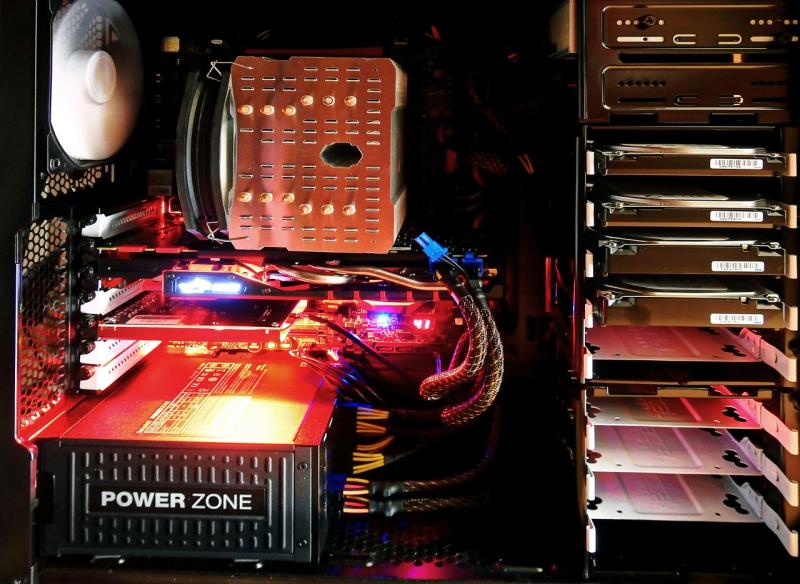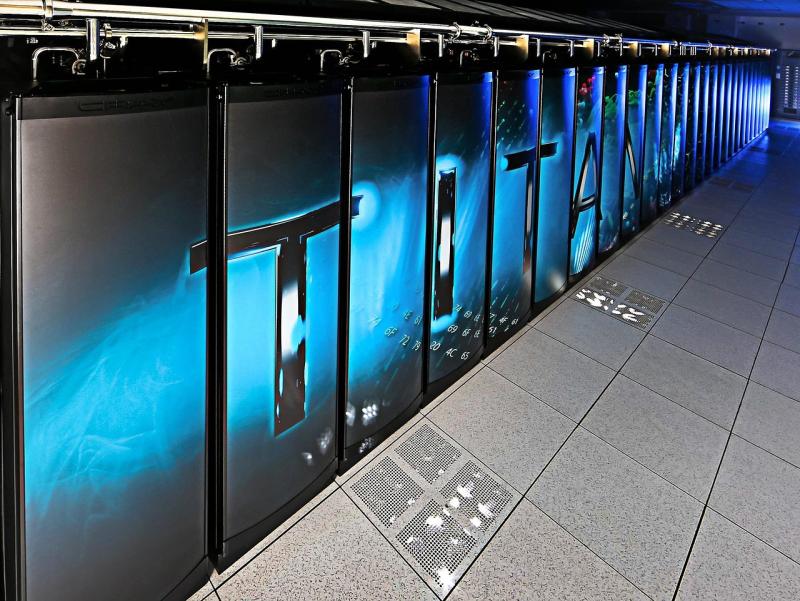Building a Forensic Analysis Powerhouse
In today's cybersecurity landscape, digital forensics and incident response play a critical role in investigating breaches, preserving evidence, and ensuring organizational resilience. A custom PC tailored specifically for forensic analysis is much more than a high-powered desktop—it is a meticulous instrument designed to capture, process, and analyze vast amounts of digital evidence efficiently while maintaining absolute integrity and rigorous security. This comprehensive guide details the key hardware components, system optimizations, and best practices needed to build a forensic workstation that excels in both performance and reliability.
---
#### High-Performance Processing: The Forensic Engine
Forensic investigations demand rapid processing power to analyze file signatures, construct timeline analyses, run complex hash algorithms, and process large disk images.
- **Multi-Core, High-Frequency CPUs:**
Opt for processors from the Intel Core i9, AMD Ryzen 9, or even Threadripper series. A high core count combined with fast clock speeds reduces analysis times when working with large datasets or running multiple forensic tools concurrently.
- **Real-Time Data Processing:**
For tasks such as password cracking, hash computations, and pattern matching across terabytes of data, a CPU with robust multithreading and overclocking potential—if complemented by stabilized cooling—can offer tangible performance improvements without compromising system integrity.
- **Hardware Virtualization:**
Features like Intel VT-x or AMD-V allow the safe use of virtual machines and isolated environments to run different forensic suites concurrently, ensuring that analytical tools do not interfere with each other while all processing power is maximized.
---
#### Advanced Storage Solutions: Preserving and Processing Massive Datasets
Digital forensics involves handling extensive disk images, system logs, and archival evidence that must be accessed and processed with lightning speed and absolute fidelity.
- **NVMe SSDs for Active Evidence:**
High-speed NVMe SSDs serve as the primary drive to host the operating system, forensic software, and actively processed evidence, drastically reducing boot times and data access latency.
- **Hybrid Storage Architectures:**
Complement NVMe storage with high-capacity SATA SSDs or RAID-configured HDDs for archival storage. RAID 1 or RAID 5 configurations can protect sensitive evidence with redundancy, allowing you to maintain data integrity even if one drive fails.
- **Data Duplication and Imaging:**
High-speed storage is essential for creating bit-for-bit copies of suspect drives. Dedicated write blockers and imaging tools benefit from fast, reliable storage so that evidence is duplicated accurately and expediently without risk of alteration.
---
#### Memory and Data Handling: Managing Extensive Evidence Loads
Robust memory capacity ensures that the system can handle large forensic datasets, run multiple simultaneous analyses, and process complex timelines with minimal delay.
- **High-Capacity RAM:**
Equip your system with at least 32GB of high-speed DDR4/DDR5 memory; complex investigations and forensic software applications may benefit from 64GB or more. Ample RAM allows for the simultaneous execution of multiple forensic tools, file carving, and data visualization, ensuring a smooth investigative workflow.
- **Efficient Data Caching:**
Increased memory capacity enables better caching of large datasets, which is critical when searching for digital artifacts or processing complex timelines across multiple evidence sources.
---
#### Connectivity and Peripheral Integration: For Comprehensive Evidence Acquisition
Digital forensic workstations must interface with a multitude of external devices to acquire and analyze evidence from various sources.
- **Versatile I/O Options:**
A motherboard that offers several USB 3.2 and Thunderbolt ports, along with high-speed Ethernet connectors, ensures seamless integration with external storage devices, forensic write blockers, forensic duplicators, and external imaging equipment.
- **Specialized Interfaces:**
Dedicated card readers, serial ports (RS-232/RS-485), and support for high-speed data capture tools enable the connection and immediate analysis of evidence from smartphone memory cards, SSDs, and hard drives.
- **Multi-Monitor Configurations:**
Utilizing multiple high-resolution monitors can significantly improve productivity. One screen can display disk imaging software, while another monitors network traffic from incident response tools or a forensic dashboard that displays real-time analysis metrics.
---
#### Security and Isolation: Safeguarding Evidence and System Integrity
Preserving the integrity of digital evidence is paramount in forensic investigations. The custom PC must incorporate robust security features to ensure that evidence is not tampered with.
- **Hardware-Based Security:**
Integrate Trusted Platform Module (TPM) and enable Secure Boot to ensure that only authorized software loads during startup, minimizing the risk of malware interfering with forensic analysis.
- **Full-Disk Encryption:**
Employ full-disk encryption to protect sensitive case data and forensic images, particularly when evidence must be stored for extended periods or transferred between secure locations.
- **Isolated Virtual Environments:**
Use containerization or virtualization tools to create isolated environments for different forensic applications. This isolation prevents cross-contamination of evidence and ensures the forensic integrity of various investigative tools.
- **Forensic Write Protection:**
Include hardware write blockers and ensure that any imaging or duplication of evidence is done using forensic software that creates verified, hash-checked copies of data.
---
#### Optimized Software Environment and Forensic Tools
Beyond hardware, the software environment is central to efficient, accurate forensic analysis.
- **Dedicated Operating System:**
Choose a streamlined and secure operating system—often a customized Linux distribution designed for digital forensics (such as Kali Linux or CAINE) or a dedicated forensic version of Windows that minimizes background processes and maximizes resource availability.
- **Industry-Standard Forensic Tools:**
Deploy tools like EnCase, FTK (Forensic Toolkit), Autopsy, and Sleuth Kit to cover the spectrum of forensic analysis needs. Optimizing these tools with updated drivers and firmware is essential for parsing complex file systems and recovering deleted data.
- **Automation and Continuous Monitoring:**
Implement scripts and automation tools to manage repetitive tasks such as hashing, file carving, or timeline analysis. Real-time performance monitors and logging software can alert you to system bottlenecks or processing errors, enabling prompt troubleshooting and maintenance.
---
#### Cooling, Stability, and 24/7 Reliability
Forensic investigations can run continuously over long periods. Ensuring that your workstation remains cool, stable, and energy-efficient is crucial.
- **Efficient Thermal Management:**
Utilize high-quality air cooling with smart fan controllers or consider a custom liquid cooling solution that maintains low operating temperatures even under prolonged heavy loads. A chassis with effective airflow and dust filtration ensures long-term stability and performance.
- **Reliable Power Supply:**
Select an 80 PLUS Gold or Platinum certified modular power supply with sufficient wattage overhead to ensure stable power delivery. In mission-critical forensic environments, an uninterruptible power supply (UPS) offers additional protection against sudden power outages, ensuring that ongoing investigations are not disrupted.
---
#### Future-Proofing and Scalability: Adapting to Emerging Challenges
The field of digital forensics is continually evolving, and your workstation should be built with adaptability in mind.
- **Modular, Upgradeable Architecture:**
Choose a motherboard with extra DIMM slots, multiple PCIe lanes, and additional storage interfaces, allowing you to upgrade or add new components—such as additional GPUs for accelerated hashing or more memory for larger datasets—as forensic demands increase.
- **Cloud-Enabled Hybrid Solutions:**
Consider integrating local processing with cloud-based resources for scalability. Hybrid workflows can offload non-critical processing to cloud services, ensuring that intensive forensic tasks are completed swiftly.
- **Continuous Benchmarking and Maintenance:**
Regularly assess system performance through benchmarking and diagnostics. Detailed performance logs guide planned upgrades and enable proactive identification of potential bottlenecks.
---
#### Conclusion: Empowering Next-Generation Digital Investigations
A custom PC for digital forensics and incident response is an essential tool in today’s fight against cybercrime and data breaches. By meticulously integrating a multi-core, high-frequency CPU, high-capacity RAM, lightning-fast NVMe storage, robust connectivity, and enhanced security features within an optimized, secure software environment, you create a forensic analysis powerhouse that executes digital investigations accurately and efficiently. Built for continuous, 24/7 operation and engineered to scale with emerging technologies, this custom forensic workstation empowers investigators to preserve, analyze, and interpret digital evidence—ultimately supporting the integrity of the justice system in an increasingly digital world.
---
### SEO Keywords:
custom PC for digital forensics, forensic workstation, incident response PC, high-performance forensic computer, NVMe SSD forensic PC, multi-core CPU digital forensics, scalable forensic analysis system, modular digital forensics PC, hardware security forensic workstation, optimized forensic software, 24/7 forensic workstation, future-proof digital forensics PC
View our related products
See more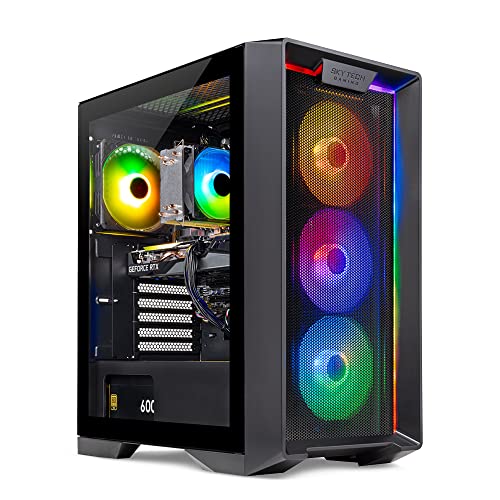
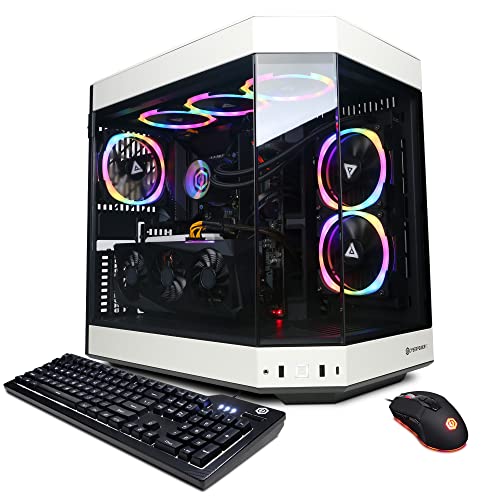
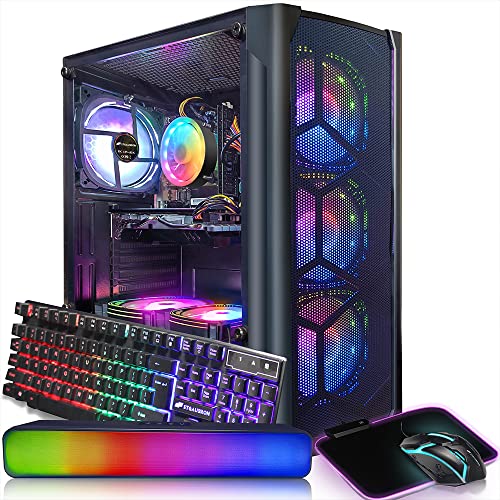
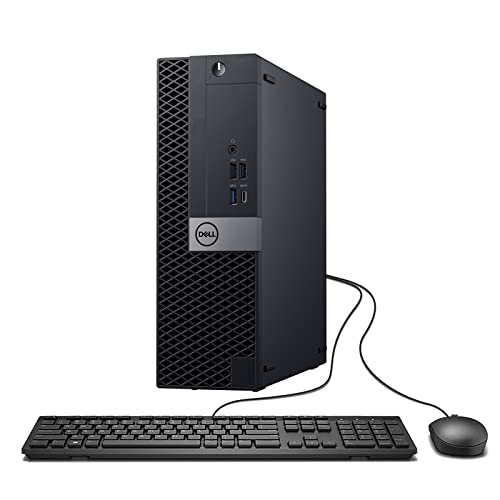
Custom PC for Digital Forensics and Incident Response
Related Articles
Essential High-Performance PC Components You Need Now
Upgrade your setup with the must-have parts for unbeatable gaming and productivity
Top Picks for Best High-Performance PCs
Find the perfect power machine for gaming, work, or creative projects
Your Guide to the Best High-Performance PCs
Find the Right PC for Your Gaming and Creative Needs
View our related products
See more



